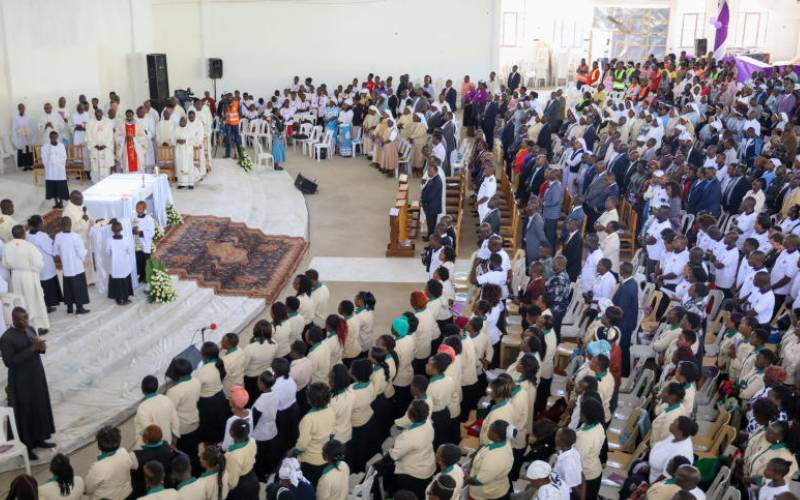×
The Standard e-Paper
Kenya’s Boldest Voice

President Uhuru Kenyatta during the national launch of the 2020 Lenten Campaign and the Pastoral Letter at the Marian Shrine in Subukia, Nakuru County. [Courtesy]
Subukia shrine, dubbed the Village of Mary Mother of God, is a place of comfort and a sanctuary for Catholics, Protestants as well as non-believers.